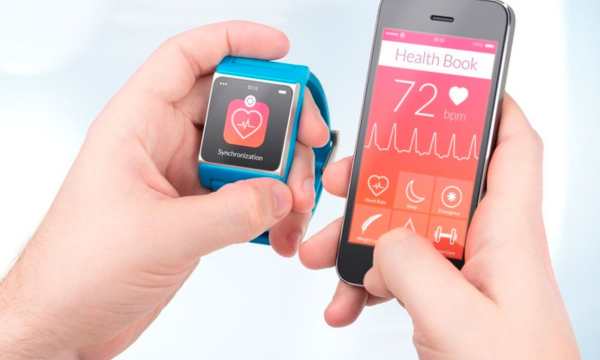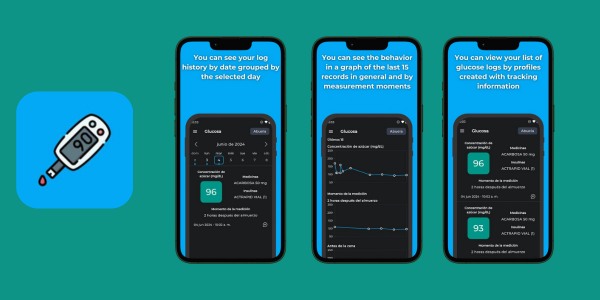Diabetes Diets: What to Eat and Avoid
Diabetes diets: What to eat and what to avoid. Stay on top of everything in today’s post.
Thanks to a balanced diet, it is possible to reduce the consumption of foods with simple carbohydrates, such as honey and refined sugar; rich in refined flour, such as pasta and bread; fats, such as butter and fried foods; and proteins such as eggs, cheeses and meats.
You will be redirected to another website
Remembering that eating this type of food in excess can increase blood glucose, and consequently, an imbalance of diabetes occurs. And that’s not what we want, is it?
In diets for diabetes, it is best to increase the consumption of foods rich in fiber, such as fresh vegetables, whole grains and unpeeled fruits. However, despite being healthy foods, they should be consumed in moderation, as they also contain carbohydrates, and their excess can increase blood sugar.
Also, preference should be given to the intake of healthy fats, such as olive oil, and lean meats, such as chicken and white fish.
Likewise, it is recommended that people suffering from diabetes have 4 to 6 meals a day, with intervals of 2 to 4 hours, to avoid hypoglycemia, which occurs when blood glucose levels are too low and can cause fainting, dizziness, and even seizures.
It is also important to note that the patient with diabetes should start physical activity within 2 hours after meals. With this, you can avoid hypoglycemia.
We will go into more detail on the subject below. See how it is possible to have a better quality of life thanks to diabetes diets. Follow!
Foods to Prioritize
In the diet for diabetes, preference should be given to foods rich in lean proteins, fibers and good fats, such as:
- Legumes: Lentil, beans, soybeans, peas and chickpeas;
- Whole grains: Rice, whole grain pasta, rolled oats, whole wheat flour, and quinoa;
- Fruits in general: Priority should be given to fresh fruit, whole or in pieces, pineapple, orange, pear, tangerine, papaya and peach;
- Vegetables in general: Tomato, arugula, lettuce, pumpkin, green beans, chard and onion;
- Lean meat: Lean beef (duckling and muscle), white fish and chicken;
- Oilseeds: Peanuts, hazelnuts, walnuts, chestnuts and almonds;
- Good fats: Avocado, coconut, butter and extra virgin olive oil;
- Milk and derivatives: Choose versions without added sugar and skimmed, such as natural skimmed yogurt, skimmed milk, ricotta and cottage cheese.
Recommended amount of fruit
Even though it is a very healthy food, fruits should be eaten in small portions by those suffering from diabetes, as they have natural sugar. Therefore, experts recommend the consumption of 1 serving of fruit per meal, which can be done as follows:
- 2 thin slices of large fruit, such as papaya, pineapple, melon and watermelon;
- 1 medium unit of whole fruit, such as banana, pear, apple, orange and tangerine;
- 1 hand full of small fruits, which will be about 8 units of cherries or grapes;
- 1 tablespoon of dried fruit, such as apricots, raisins and prunes.
It is also important to avoid consuming fruits along with other foods rich in carbohydrates, such as sweets, bread, white rice and tapioca.
Foods that should be avoided
Mainly foods rich in carbohydrates and sugar should be avoided in diabetes diets. See some below:
- Marmalade, jam, honey, confectionery and pastry, and fruit jelly;
- Sugar, sweets, chocolates and sweets in general;
- Sugary drinks. such as industrialized juices, soft drinks and chocolate drinks;
- Processed meats such as bacon, turkey breast, sausage, ham, salami and mortadella;
- Tubers in general, such as yams, sweet potatoes, potatoes and cassava;
It is worth mentioning that the yacon potato, even though it is a tuber, is rich in prebiotic fibers and low in calories. This helps control and lower blood glucose. In this way, it can be consumed without concern by diabetic people.
And we cannot fail to mention that you should always read the product labels before buying and consuming them. In some cases sugar may appear hidden under names such as fructose, maltose, glucose or corn syrup, maltodextrin or invert sugar. Keep an eye!
Other healthy habits
In addition to diabetes diets, it is also essential to acquire other healthy habits to have better control of the disease. See some examples below:
- Reduce stress levels;
- Controlling blood pressure;
- Practice physical activity on a regular basis;
- Have regular checkups and checkups.
Conclusion
In summary, we see that with the right choices when eating, it is possible to better control blood glucose levels, lose weight and even prevent complications . And consequently, you will achieve a better quality of life.
 Sports for kids: Activity Tips for Each Age
Sports for kids: Activity Tips for Each Age
Sports for kids are the foundation for healthy development and fun from an early age. Finding the […]
More Blood Pressure: Tips for a Healthier Life
Blood Pressure: Tips for a Healthier Life
Have you ever reflected on the crucial role of blood pressure in your overall well-being? Blood pressure, […]
More Top 5 Football Clubs on the Rise in 2024
Top 5 Football Clubs on the Rise in 2024
Discover the five football clubs that are on the rise in 2024, dominating the fields with spectacular […]
More